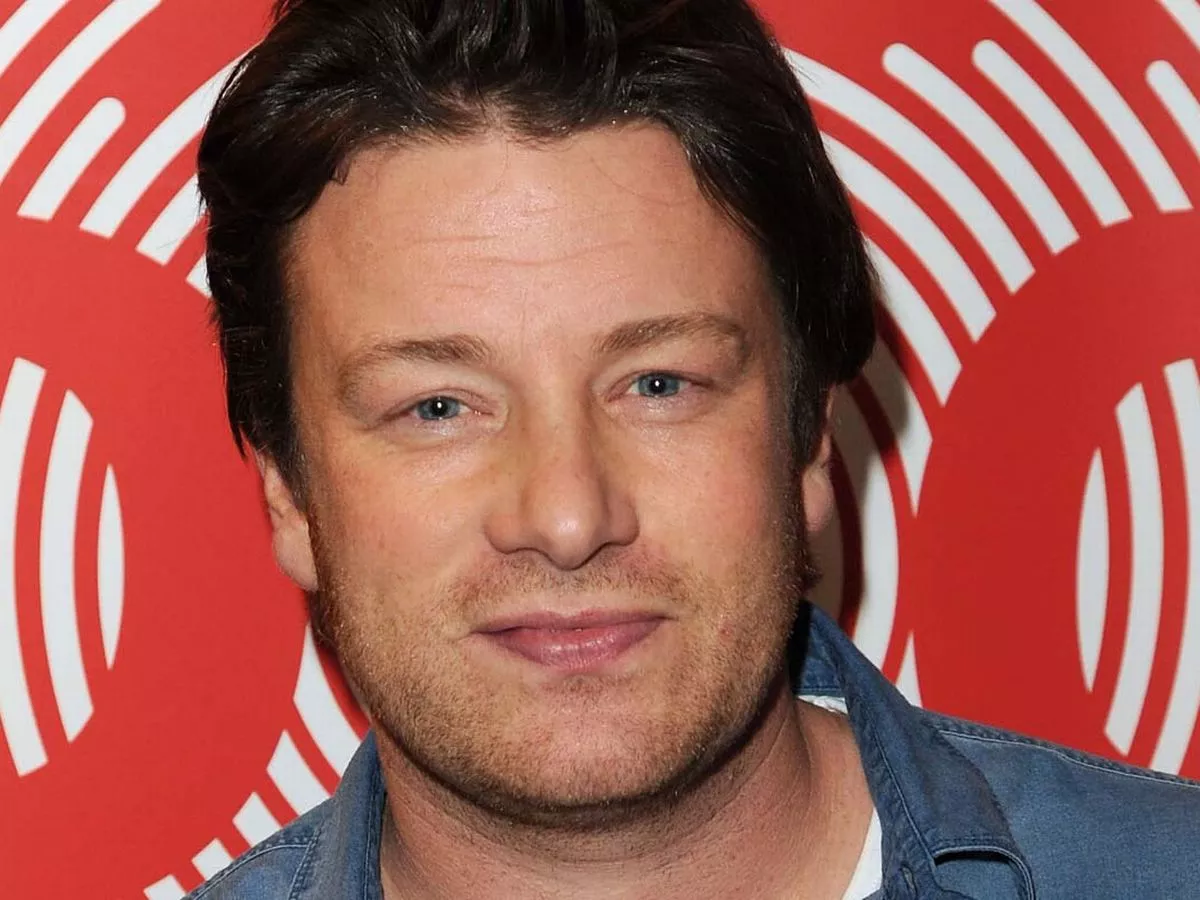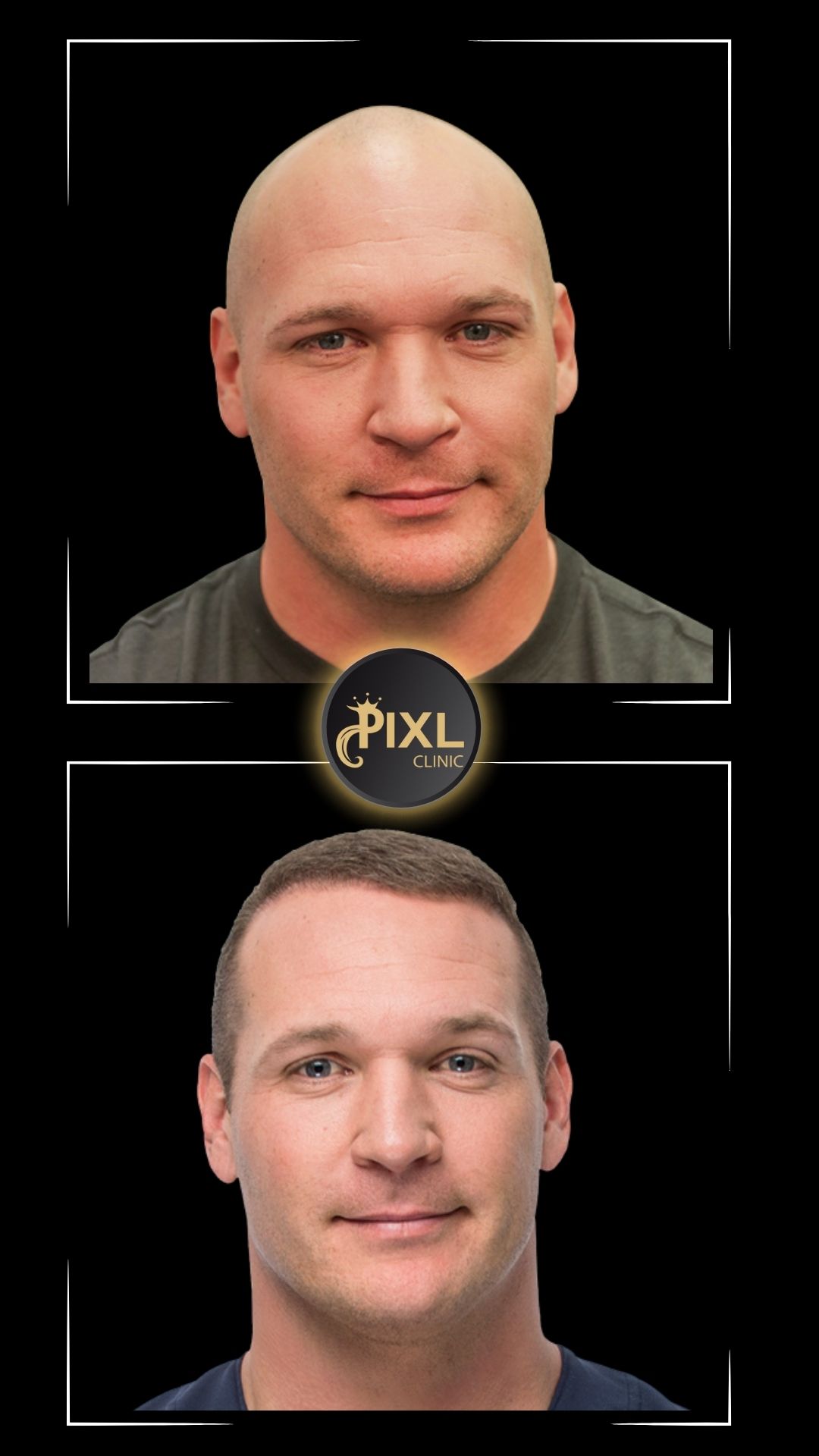Jamie Oliver and Hair Transplant Rumors: Separating Fact from Fiction
Jamie Oliver, the world-renowned chef and TV personality, has been a beloved household name for decades. Known for his charm, culinary skills, and down-to-earth personality, Jamie has also faced scrutiny about his appearance—like many public figures. Among the whispers and rumors, one question seems to pop up frequently: Has Jamie Oliver had a hair transplant?
In this blog, we’ll explore the fascination with celebrities and hair transplants, address the rumors surrounding Jamie Oliver, and discuss what a hair transplant entails.

Why Are Hair Transplants So Popular Among Celebrities?
Hair loss is a natural part of aging for many, but in the spotlight, appearances are often scrutinized under a magnifying glass. Celebrities, who rely on their image as part of their brand, frequently turn to cosmetic procedures to maintain a youthful look, and hair transplants are no exception.
A hair transplant offers several benefits for those dealing with thinning hair or baldness:
- Permanent Solution: Unlike temporary fixes like wigs or hairpieces, transplants provide long-lasting results.
- Natural Appearance: Modern techniques, like Follicular Unit Extraction (FUE), deliver natural-looking results.
- Confidence Boost: Restored hairlines can help individuals feel more self-assured, especially in high-profile careers.
Jamie Oliver: The Rumors
In recent years, fans have speculated about whether Jamie Oliver has had a hair transplant. This speculation likely stems from photos where his hair appears fuller compared to older images. While Jamie has never publicly addressed these rumors, it’s worth noting that changes in hair appearance can be due to various factors:
- Styling Techniques: Haircuts, products, and blow-drying can create the illusion of thicker hair.
- Hair Health: Improved hair care routines, including the use of nourishing products, can significantly enhance volume and shine.
- Diet and Lifestyle: As a chef, Jamie emphasizes the importance of good nutrition, which plays a vital role in hair health.
Without confirmation from Jamie himself, any claims about a hair transplant remain purely speculative.
What Does a Hair Transplant Involve?
For those unfamiliar with the process, here’s a quick overview of how hair transplants work:
Techniques
- Follicular Unit Transplantation (FUT): A strip of scalp is removed from the donor area, usually at the back of the head, and divided into grafts for transplantation.
- Follicular Unit Extraction (FUE): Individual hair follicles are extracted and transplanted to the thinning or bald areas.
Benefits
- The results look natural because the transplanted hair comes from your own scalp.
- The transplanted hair continues to grow like natural hair, making it a long-term solution.
Recovery
- Most patients experience mild swelling or redness, but these effects subside within a few days.
- Full results are typically visible after 6-12 months, as the transplanted hair goes through a natural growth cycle.
Why the Obsession with Celebrity Hairlines?
Whether it’s Jamie Oliver, Elon Musk, or Wayne Rooney, the public seems fascinated by the idea of celebrities undergoing hair transplants. This curiosity likely stems from our perception of celebrities as “ideal” figures—seeing them address relatable issues like hair loss makes them seem more human.
It’s also worth noting that hair transplants have become less taboo over the years. Thanks to advancements in techniques and the normalization of self-care for men, more people are open about their procedures.
Final Thoughts
While the speculation about Jamie Oliver’s hair remains just that—speculation—it opens the door to an important conversation about hair loss and self-image. Whether or not Jamie has had a hair transplant, what truly matters is his talent and the positive impact he’s made on millions of lives through his cooking and advocacy.
For those considering a hair transplant, remember that it’s a personal decision that should be made based on your own needs and desires—not public perception. And, like Jamie’s approach to food, it’s all about finding what works best for you.
Hair Transplant FAQs
What is a hair transplant?
A hair transplant is a surgical procedure that moves hair follicles from a donor site (usually the back or sides of the scalp) to areas experiencing hair thinning or baldness. It provides a permanent solution to hair loss.
What are the types of hair transplant techniques?
- Follicular Unit Transplantation (FUT): A strip of scalp is removed from the donor area, and individual grafts are extracted from it.
- Follicular Unit Extraction (FUE): Individual hair follicles are directly extracted from the donor site and transplanted to the recipient area.
Is a hair transplant permanent?
Yes, hair transplants are considered permanent. The transplanted hair follicles are taken from areas resistant to hair loss (usually at the back of the head) and retain their genetic resistance, continuing to grow in their new location.
Does the hair texture or color change after a transplant?
No, the transplanted hair retains the same texture, thickness, and color as it had in the donor area.
How long does it take to see results?
It takes about 6–12 months to see the full results of a hair transplant. Initially, transplanted hair may shed (a normal part of the process), but new hair growth will follow.
Does the procedure hurt?
The procedure is performed under local anesthesia, so you won’t feel pain during the surgery. Some patients may experience mild discomfort or soreness during the healing process.
Are there side effects or risks?
Common side effects include:
- Temporary swelling or redness at the transplant site.
- “Shock loss,” where some existing hair may temporarily fall out (it grows back).
- Minor scarring, especially with FUT.
Serious complications are rare if performed by a qualified surgeon.
Who is a good candidate for a hair transplant?
Ideal candidates:
- Have a healthy supply of donor hair.
- Are experiencing hair loss due to genetics, aging, or injury.
- Have realistic expectations about the results.
How long does the procedure take?
The surgery typically lasts 4–8 hours, depending on the number of grafts being transplanted.
How much does a hair transplant cost?
Costs vary based on the technique, location, and number of grafts needed. On average, the price can range from $2,000 to $3,000.
Can women get hair transplants?
Yes, women experiencing hair loss due to genetics, hormonal changes, or other conditions can also undergo hair transplants.
Do I need to shave my head for the procedure?
For FUT, shaving isn’t always necessary. For FUE, shaving is often required to access individual follicles, though some clinics offer unshaven FUE options.
Will I need additional procedures in the future?
This depends on your hair loss progression. A hair transplant doesn’t prevent future hair loss in untreated areas, so additional treatments or transplants may be required.
How do I choose the right surgeon?
- Look for board-certified surgeons with specialized training in hair restoration.
- Review their before-and-after photos.
- Check patient reviews and testimonials.
Can I return to work after the procedure?
Most people can return to work within a week, depending on the type of job and the extent of the procedure. However, physical activities should be avoided for 2–3 weeks.
What is “shock loss”?
Shock loss is a temporary shedding of transplanted and nearby hairs due to the trauma of the procedure. It’s normal and typically resolves within a few months as new hair grows.
Does age affect eligibility for a hair transplant?
Age isn’t the primary factor—hair transplant suitability depends more on the extent of hair loss and the availability of donor hair.
Can I dye or style my transplanted hair?
Yes! Once the hair has fully healed (after about 3–6 months), you can style, cut, and dye your transplanted hair just like the rest of your hair.
Are there non-surgical alternatives to a hair transplant?
Yes, alternatives include:
- Medications like Minoxidil (Rogaine) and Finasteride (Propecia).
- Platelet-rich plasma (PRP) therapy.
- Low-level laser therapy (LLLT).
Is a hair transplant worth it?
For many, a hair transplant is a life-changing procedure that restores confidence and improves appearance. The decision should be based on your goals, expectations, and a consultation with a qualified professional.

















